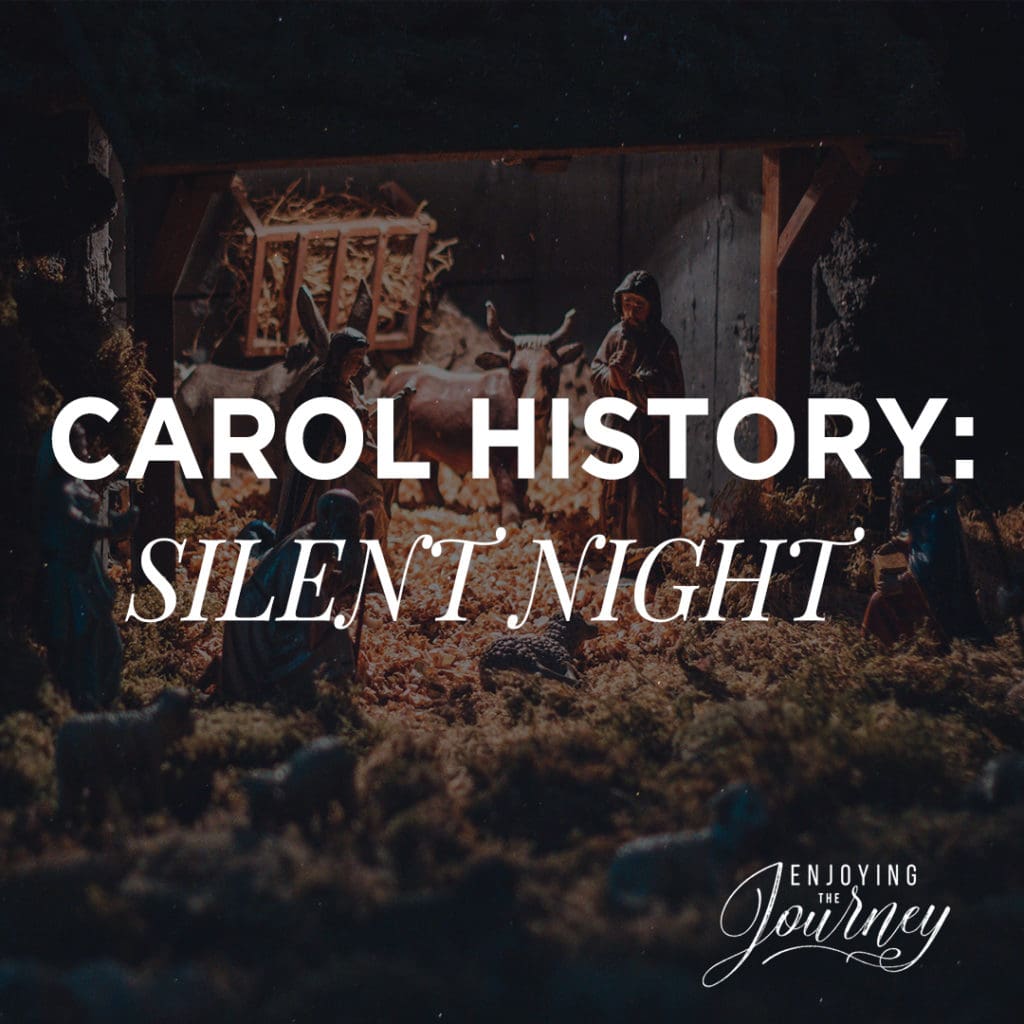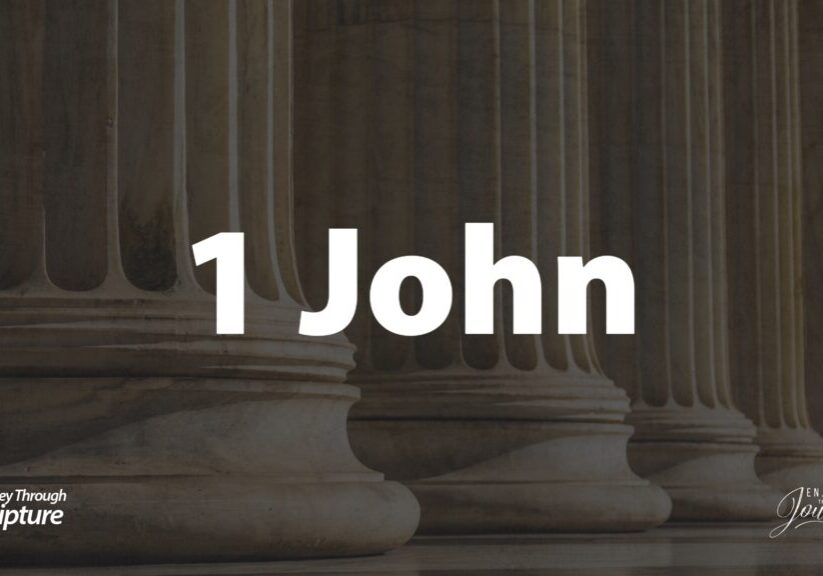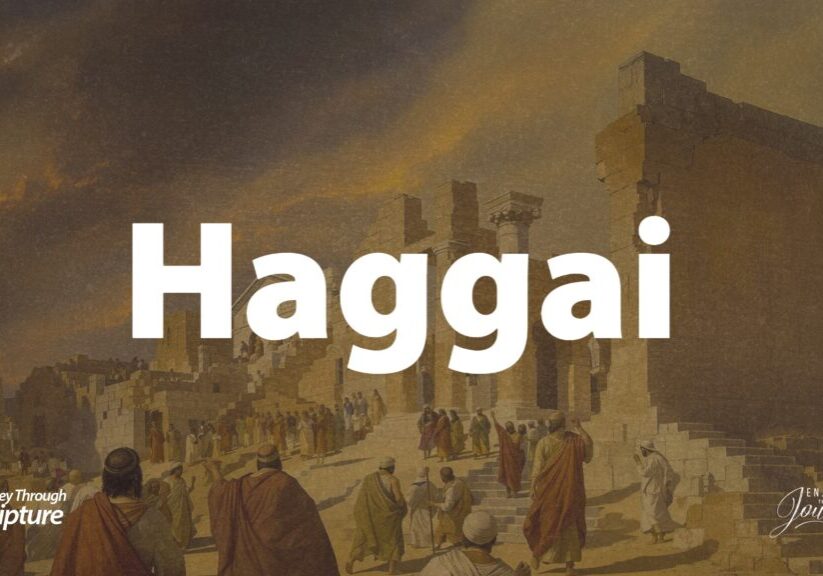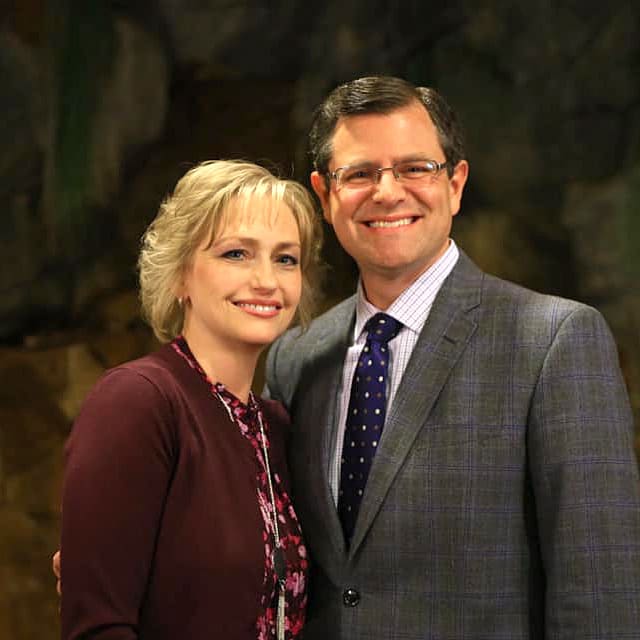
“And there were in the same country shepherds abiding in the field, keeping watch over their flock by night.” – Luke 2:8
The Story Behind Silent Night
The year was 1818. Joseph Mohr was the pastor of a church in Obendorf, a village near Salzburg, Austria. The church’s custom was to have a Christmas Eve service, which included singing with the church’s majestic pipe organ.
A few days before the holiday, Franz Gruber, the church’s music director, came to Pastor Mohr and informed him that the church organ was broken. Franz told the pastor that he tried to repair it, but with no success.
In the evening, Pastor Mohr went up the mountain to visit a little woodcutter’s family to whom a new baby had been born. After the visit, Pastor Mohr made his way down the mountain back to the church.
The moon, shining on the newly fallen snow, lighted Pastor Mohr’s path. It was a beautiful, clear night with stars shining brightly. He reflected on his visit with the family and the joy that was felt with this new baby’s birth. He wondered if these were the same conditions when Jesus was born in Bethlehem.
When he got to his home, he was inspired to write the words of the hymn Silent Night. The next morning, he saw Franz Gruber and said, “Why don’t you take these words and see if you can write some music to fit them.” The church may not have the pipe organ for this Christmas Eve service, but the church might have a new song to sing.
Franz Gruber wrote the music, and for the first time, Silent Night was sung on that Christmas Eve service in 1818 with a guitar accompanying the congregation.
How the Carol Spread Around the World
That song might not have travelled much farther than the little town of Obendorf except for the following incident:
Weeks later, well-known organ builder Karl Mauracher arrived in Oberndorf to fix the organ in the church. When Mauracher finished, he stepped back to let Gruber test the instrument. When Gruber sat down, his fingers began playing the simple melody he had written for Pastor Mohr’s Christmas poem. Deeply impressed, Mauracher took copies of the music and words to “Silent Night” back to his own Alpine village, Kapfing. There, two well-known families of singers — the Rainers and the Strassers — heard it. Captivated by “Silent Night,” both groups put the new song into their Christmas season repertoire.
The Strasser children sang the song at a fair in Lepizig where the music director for the King of Prussia heard them. In 1834, they performed “Silent Night” for King Frederick William IV of Prussia. He then ordered his cathedral choir to sing it every Christmas eve.
In 1863, nearly fifty years after being first sung in German, “Silent Night” was translated into English. Today, the words of “Silent Night” are sung around the world in more than 300 different languages. The song was sung simultaneously in English and German by troops during the Christmas Truce of 1914, during World War I.
Each year on December 24th at 5 pm Central Europe Time, Oberndorf (Austria) honors the two creators of the carol “Silent Night”, Franz Xaver Gruber and Joseph Mohr.
Silent Night
1. Silent night, holy night!
All is calm, all is bright
round yon virgin mother and child.
Holy Infant, so tender and mild,
sleep in heavenly peace,
sleep in heavenly peace.
2. Silent night, holy night!
Shepherds quake at the sight.
Glories stream from heaven afar,
heav’nly hosts sing, Alleluia!
Christ, the Savior, is born!
Christ, the Savior, is born!
3. Silent night, holy night!
Son of God, love’s pure light
radiant beams from thy holy face
with the dawn of redeeming grace,
Jesus, Lord, at thy birth,
Jesus, Lord, at thy birth.
We have been thrilled to share a series of brief accounts of how some of the great hymns of our faith were written. Each synopsis has been compiled through the research of Jerry Vargo and is shared by permission. It is our hope that these stories will be a help and encouragement to your Christian walk.
Discover more from Enjoying the Journey
Subscribe to get the latest posts sent to your email.






